The Wear OS-powered Google Pixel Watch series features a sleek design and impressive performance. The Pixel Watch 2 is one of the best smartwatches out there, thanks to its improved battery life, Fitbit integration, health sensors, and other features. It has a new cEDA (continuous electrodermal activity) sensor for monitoring stress. This guide shows you how the Pixel Watch measures stress levels and how you can manage it.
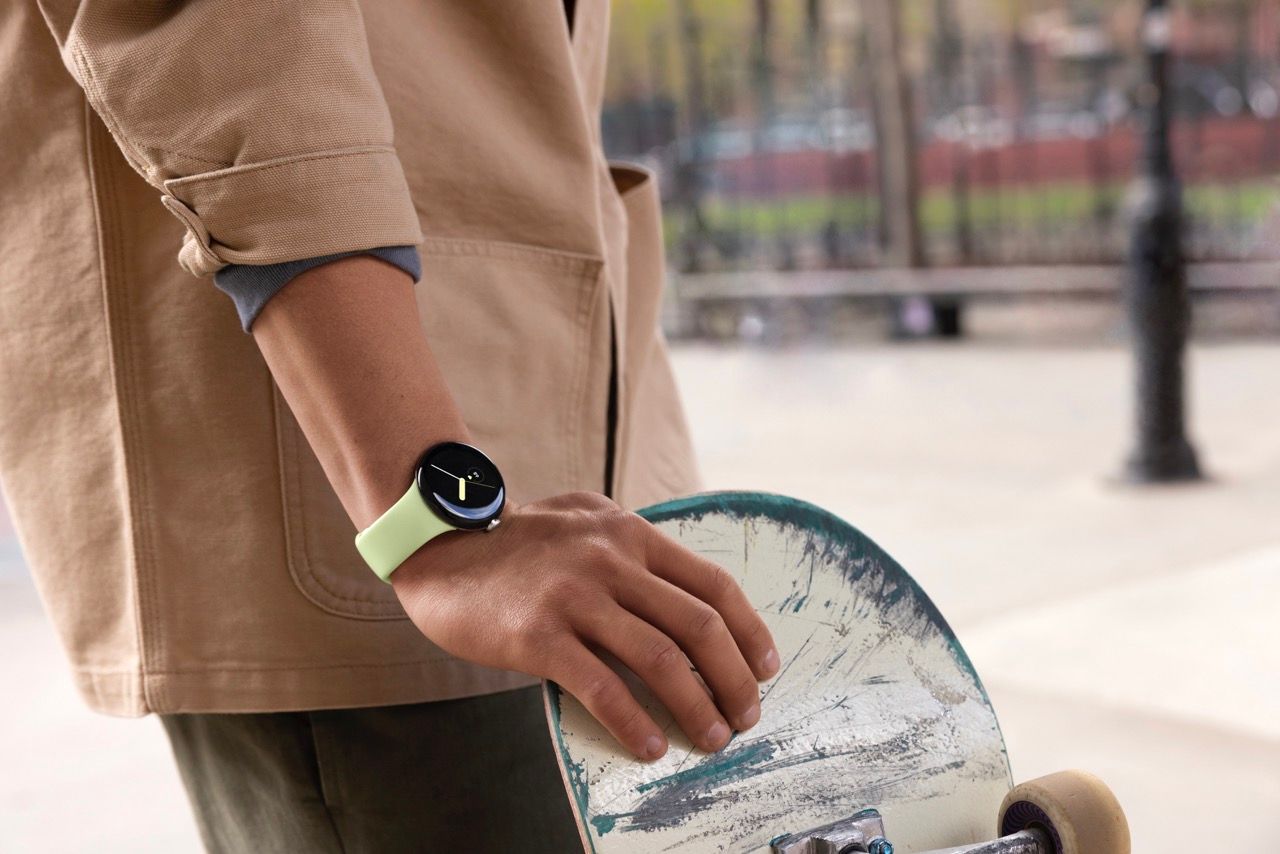
6 essential Google Pixel Watch features everyone should use
Here are a few of our current Pixel Watch faves
Why should I track my stress levels?
Everyone experiences stress occasionally, and it is a natural part of life. Stress is a response to uncomfortable events like giving a presentation, running a marathon, or meeting someone new. It helps you better prepare for something or gives you an adrenaline rush to improve performance in some cases. However, chronic stress can adversely affect your health and lead to anxiety, high blood pressure, or sleep issues.
Knowing your stress levels will help you manage it better. In the end, what matters is how you react to stress. The Google Pixel Watch can monitor your physiological changes and inform you if it logs a stress response. It prompts you to take a deep breath, assess the situation, and respond accordingly.
How the Google Pixel Watch measures stress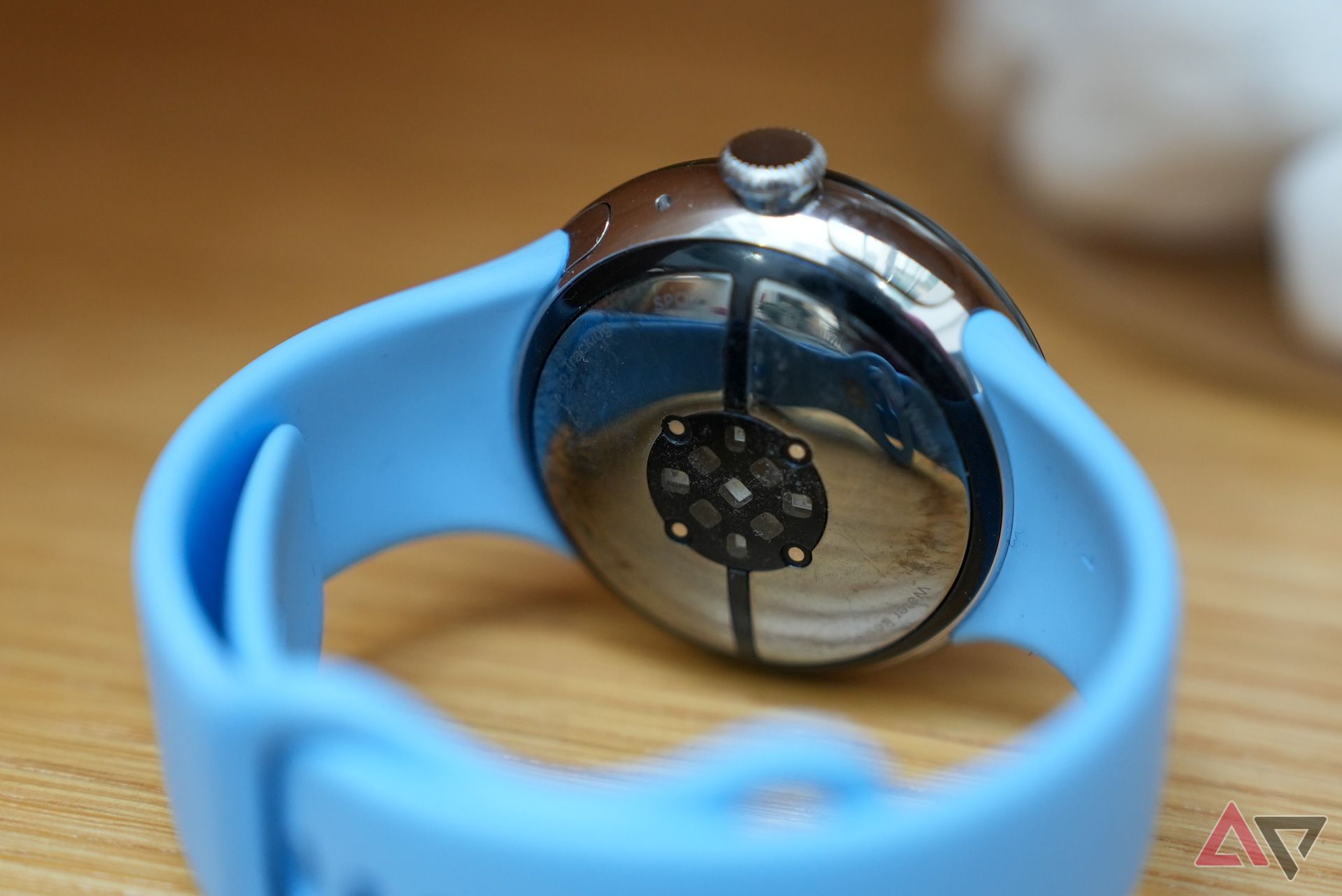
The Google Pixel Watch takes a three-fold approach to measuring stress levels, which includes detection, intervention, and reflection. It detects stress with the Body Response option, using the cEDA sensor of the Pixel Watch 2. It incorporates a machine learning algorithm to look for physical indicators of positive and negative stress. It analyzes your data during the first month of wearing the Pixel Watch 2 and calculates your baseline activity. It should provide a more precise detection of stress levels.
The cEDA sensor notices changes in the sweat levels of your skin. It could signify stress in conjunction with skin temperature, heart rate, and heart rate variability. The system is smart enough to distinguish between stress and exercise.
In the intervention stage, the Pixel Watch suggests optional breathing exercises. For the reflection stage, the device sends a Body Response notification prompting you to think about your feelings. It also offers features like mood logging and Stress Management Score. The device prompts you to try guided breathing sessions and offers suggestions like walking to combat stress. It helps you notice signs of stress and your response to it. You can use this information to try and manage stress, whether it’s physical or mental.
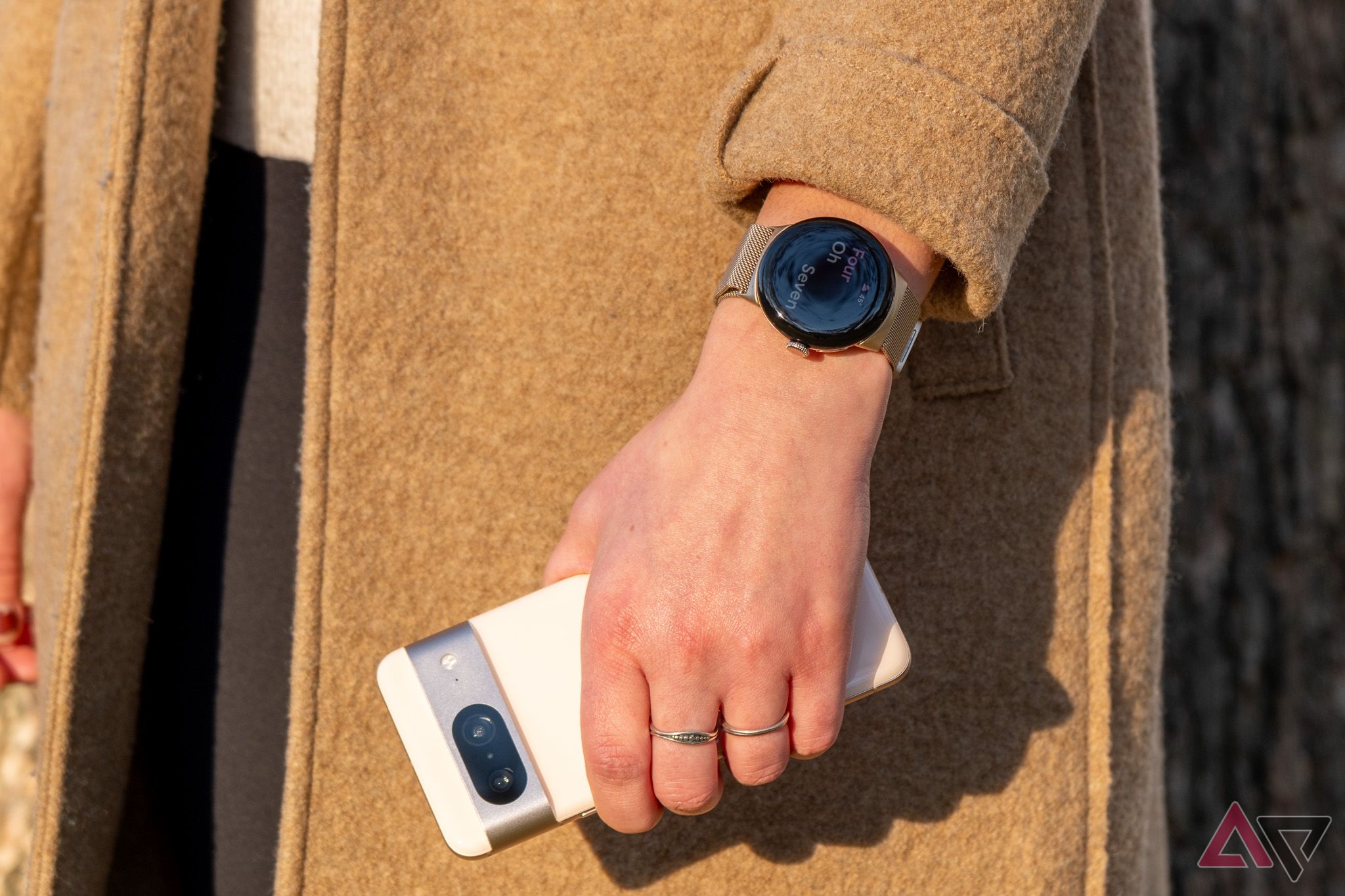
How to check for updates on your Google Pixel Watch or Pixel Watch 2
Make sure your Pixel Watch has the latest features and security updates
How to use the Pixel Watch to manage stress
The Google Pixel Watch offers features like Mindfulness, Stress Management, and Body responses to measure and manage stress. Here’s how each option works:
Using the Mindfulness option
The Mindfulness tile in the Fitbit app features sessions to help you pay attention to your feelings and senses. Here’s how to get started with it:
- Select the Today tab in the Fitbit app.
- Select the Mindfulness tile.
- If you can’t find it, go to Coach > Health & Fitness Stats > Mindfulness.
- Select a session and tap Play Audio.
- After finishing the session, tap Log Reflection or No Thanks.
- You can view info about your session by going to Mindfulness and selecting Your Journey.
Understanding your Stress Management score
With a Google Pixel Watch 2, you can quantify how your body reacts to stress using the stress management score in the Fitbit app. The score depends on data related to your sleep patterns, heart rate, and electrodermal activity (EDA). This feature is also available on Fitbit models like the Fitbit Charge 4, Fitbit Charge 5, Fitbit Charge 6, Fitbit Inspire 2, Fitbit Inspire 3, Fitbit Luxe, and Fitbit Sense series.
A low score means you may be stressed, so take a break and relax. A high score indicates that your body shows fewer signs of stress. Here’s how to view your Stress Management score:
- Visit the Today tab in the Fitbit app.
- Select the Stress Management Score tile to see the day’s score.
- Swipe up to view your score history.
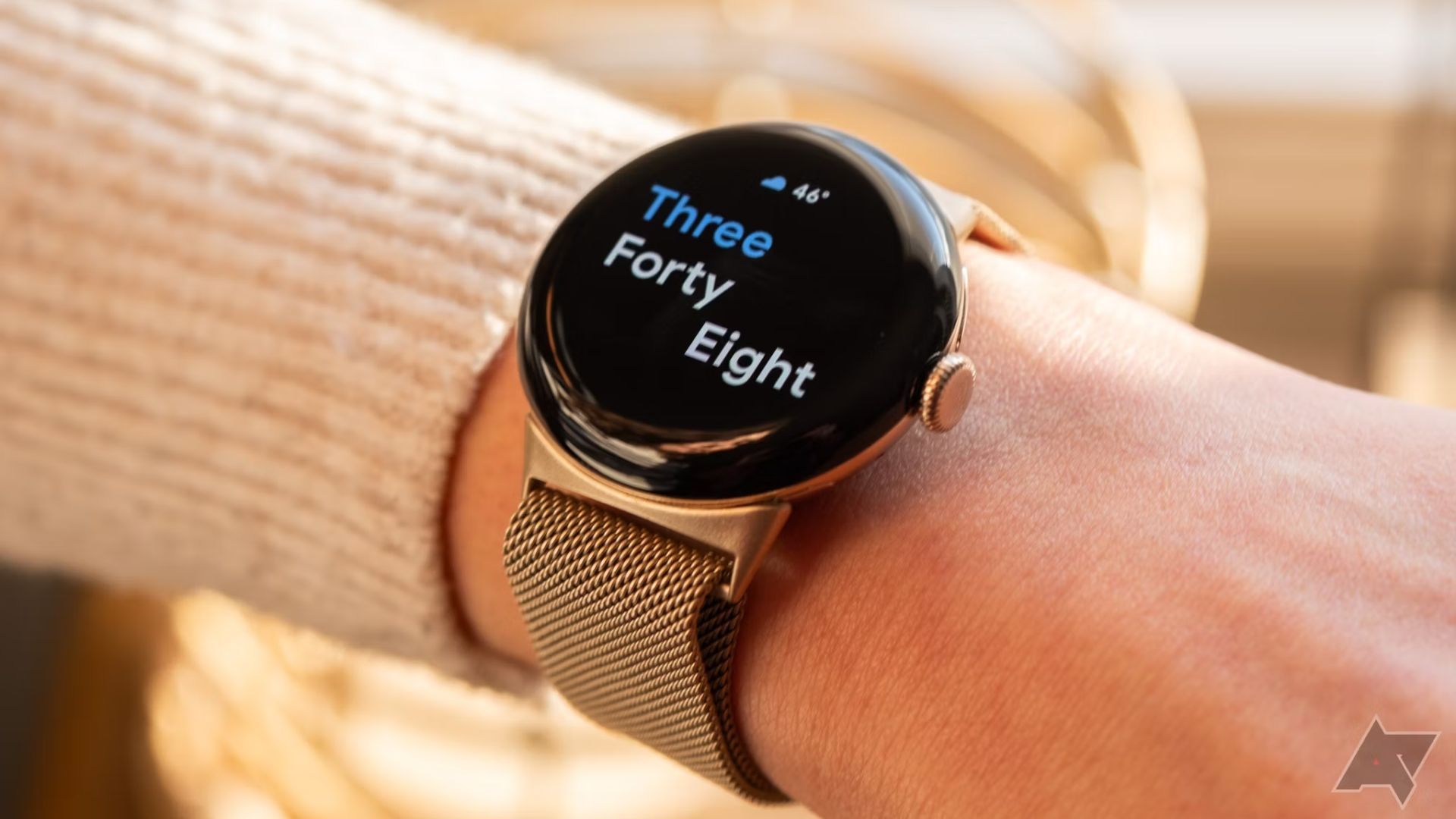
How to turn off move reminders on a Google Pixel Watch
Sometimes you just want to sleep in
Body responses to identify stress
The Google Pixel Watch 2 recognizes stress patterns using a cEDA sensor.
- Your Pixel Watch automatically detects signs of stress and sends you a notification to reflect on your mood.
- Tap Log Mood.
- Select the Relax app after entering details about your mood.
- Tap the play icon to start a session and follow the instructions.
You can view previous body responses on your Pixel Watch 2.
- Go to FitbitToday.
- Select Body responses.
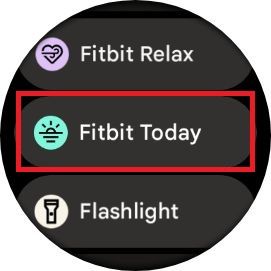
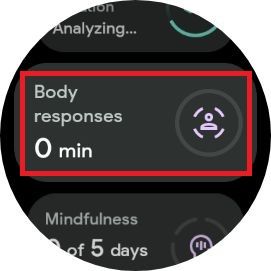
Discover more features on your Pixel Watch
The Google Pixel Watch series offers numerous health features. If you have the Pixel Watch 2 with LTE, you can access mobile data without connecting to your phone. Add an eSIM to your smartwatch and set up an LTE service to access this option. If it sounds complicated, we have a handy guide to walk you through the process. Elevate your smartwatch experience with these Pixel Watch tips and tricks.
Source link

